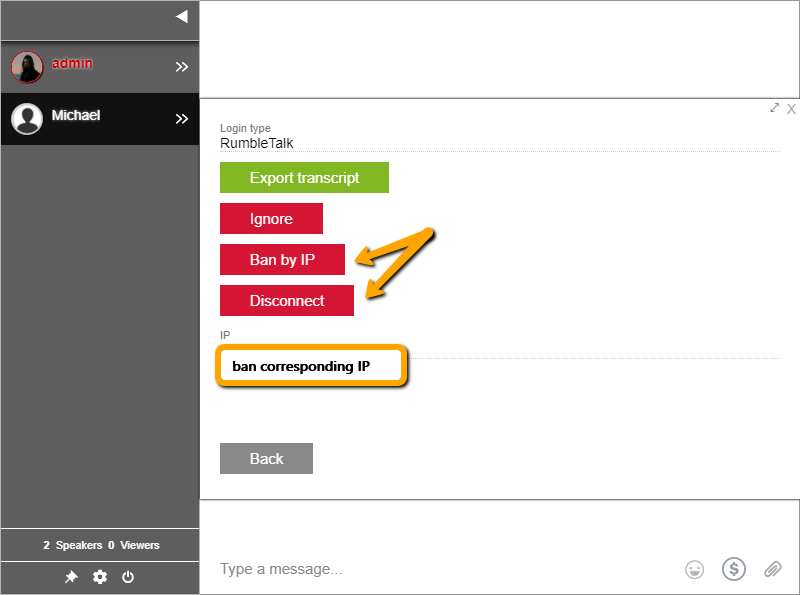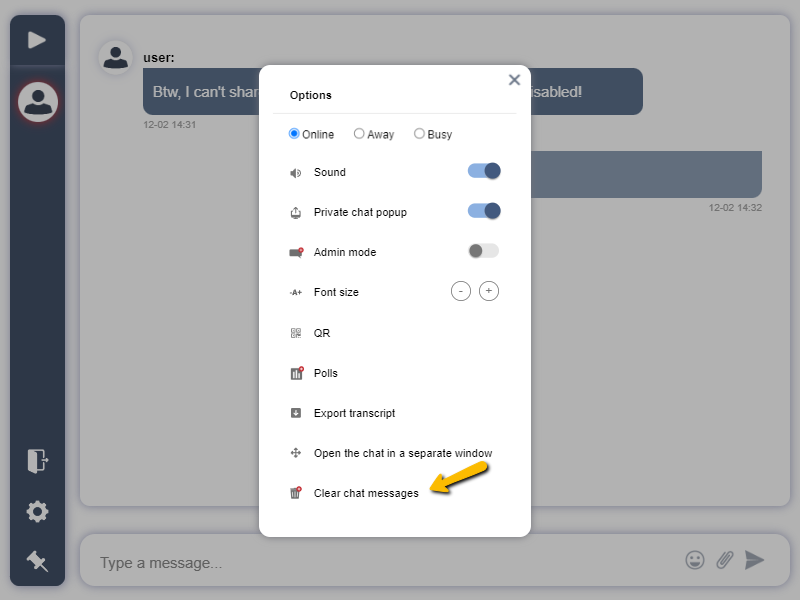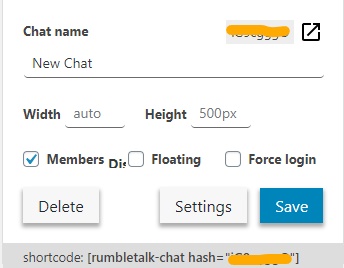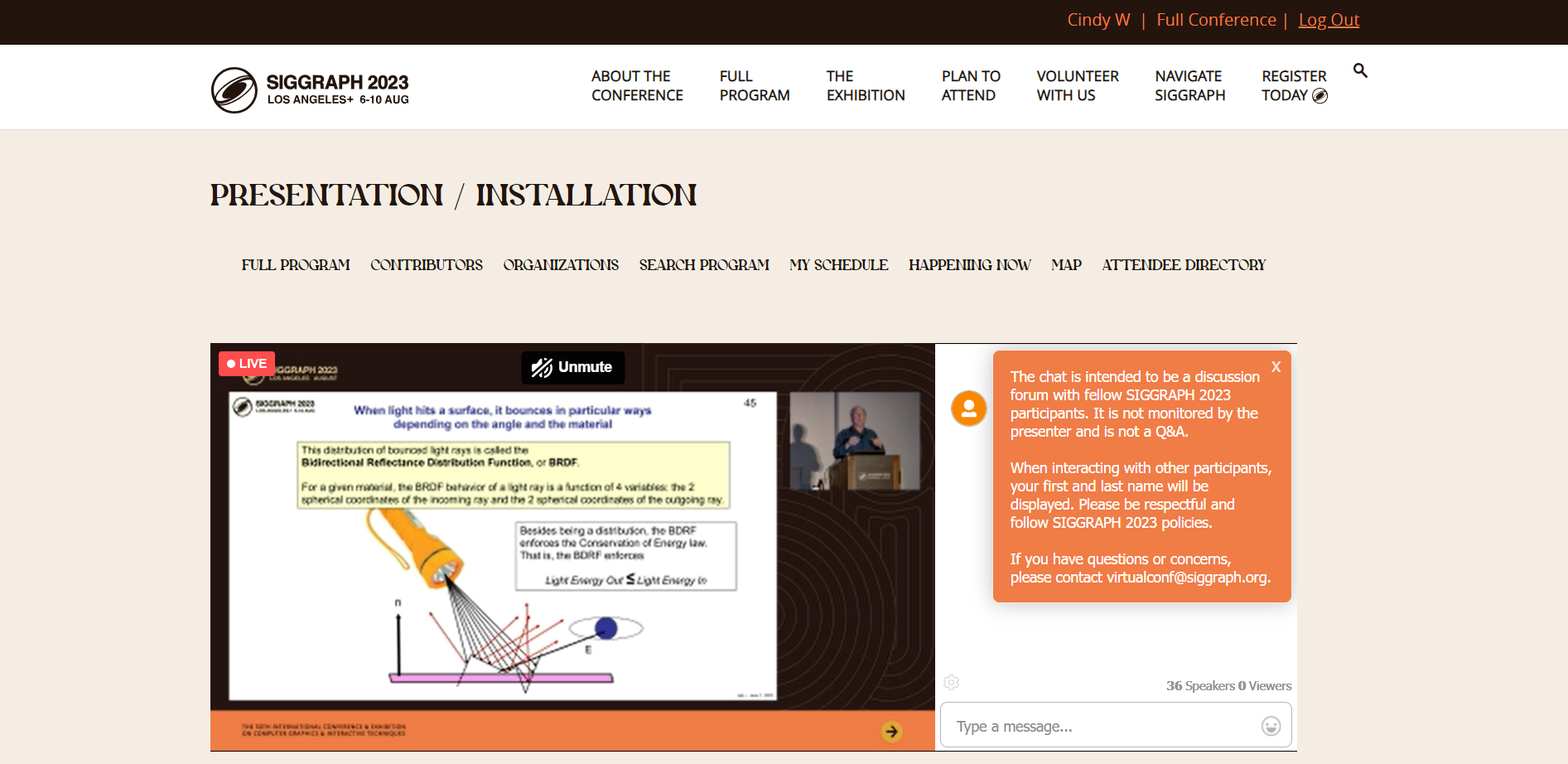Imagine you have a beautiful garden. You don’t throw trash in it, you don’t damage it, you just…neglect it. Slowly, weeds take over, flowers wither, and the once-inviting space becomes unpleasant. You didn’t do anything wrong, but the absence of care made the garden fall apart. The same thing happens when you don’t use chat moderation. A chat room may start as a friendly space full of good intentions, but over time, neglect lets trolls, spam, and harmful behavior creep in. Left unchecked, the experience for genuine users suffers, and the entire community can collapse.
In this article, we’ll explore what happens when you don’t use chat moderation, why it matters for communities of all sizes, and how embedding a moderated chat on your website, through WordPress plugin, Wix app, or custom integrations, keeps conversations safe, engaging, and productive.
Why It’s Risky When You Don’t Use Chat Moderation
Running a chat without moderation may not cause issues on day one. But as your community grows, the risks multiply. Here’s what typically happens when you don’t use chat moderation:
- Trolls and toxic behavior start dominating conversations, driving away genuine members.
- Spammers and bots flood the room with irrelevant links, ads, or scams.
- Predators in educational or youth platforms exploit the lack of safeguards.
- Off-topic discussions bury important announcements or Q&A.
- Arguments and conflicts escalate without moderators to step in.
It’s not about silencing free speech; it’s about creating a structured environment where people can participate safely and stay focused.
The Consequences of No Chat Moderation
To really understand the cost of neglect, here are the most common outcomes seen when you don’t use chat moderation:
1. Loss of Trust
Users notice quickly if a chat feels unsafe. When offensive or harmful content remains unchecked, members lose trust in the platform. Once broken, trust is extremely difficult to regain.
2. Declining Engagement
Nobody wants to wade through spam or abuse. Without moderation, even your most loyal members will eventually stop participating. Engagement falls, and the community feels abandoned.
3. Damage to Your Brand
If you’re running a business or professional community, unmoderated chats reflect poorly on your brand. A toxic environment can undo months, or years, of marketing and trust-building.
4. Increased Safety Risks
In sensitive spaces like education, finance, or healthcare, the lack of moderation creates serious risks. Predators or scammers thrive in unmonitored spaces, putting your users at risk.
5. Lost Opportunities
When discussions aren’t archived, filtered, or organized, valuable knowledge is wasted. Instead of generating SEO content, FAQs, or testimonials, chat history becomes cluttered noise.
Tools That Prevent Problems When You Don’t Use Chat Moderation
The good news: all these issues can be avoided with the right set of chat moderation tools. Here are essentials that every growing community needs:
- Ban by IP address: Permanently block repeat offenders.
- Mute or temporary bans: De-escalate heated debates without removing users forever.
- Keyword filtering: Automatically block profanity, hate speech, or spam links.
- Message deletion: Allow moderators to clean up conversations instantly.
- Transcript exports: Create records for accountability, SEO, and content reuse.
- Multi-moderator roles: Spread responsibility across multiple admins and time zones.
- Flood control: Block bots or users from overwhelming the chat with repetitive posts.
These tools aren’t optional extras; they’re the foundation for safe, thriving communities.
Embedding Moderated Chat Into Your Website
One of the best ways to prevent problems when you don’t use chat moderation is to integrate a moderated chat directly into your own platform.
Simple Embed Code
A snippet of embed code can place a fully moderated chat on any webpage, whether for a live event, membership site, or auction websites.
Members-Only Access
Restrict chat rooms to registered members only, keeping outsiders, trolls, and spammers away. This makes conversations more relevant and safer.
WordPress Plugin
For WordPress users, a dedicated plugin allows you to add a chat room in minutes. No coding required. Moderation tools come built in, so you can ban, mute, or filter with ease.
Wix App
Wix site owners can use the chat app available in the Wix App Market. It’s an easy way to add real-time community chat with moderation features included, keeping discussions safe without extra work.
Developer Options: SDK and REST API
For developers or platforms that need full customization, SDK and REST API integrations provide advanced control over moderation:
- SDK auto-login: Connect your platform’s user base to the chat, ensuring moderators know exactly who is participating.
- REST API controls: Ban users, clear history, or assign moderators automatically.
- Custom workflows: For example, auto-ban a user from the chat if they’re banned from your main platform.
These options make moderation scalable and programmatic, ideal for large platforms running multiple rooms or events.
Case Studies: What Happens When You Don’t Use Chat Moderation
Let’s look at real-world examples of what happens when moderation is neglected and how adding tools turns things around.
Case Study 1: Online Auctions Without Moderation
An auction platform added a live bidding chat to boost engagement. At first, it worked. But soon, spammers flooded the chat with fake bidding links that led to scam websites. Serious bidders left, and the auctioneer’s credibility took a hit.
After introducing moderation tools, including IP bans, keyword filters, and transcript exports, the spam disappeared. Trust was rebuilt, and bidders returned to participate confidently.
Case Study 2: Educational Platforms and Predator Risks
A school opened a chat room for online classrooms without restrictions. Strangers slipped in, pretending to be students, creating a dangerous situation. Teachers couldn’t keep up, and parents were concerned.
With moderation enabled, members-only access, verified logins via SDK, and the ability for moderators to mute or ban users instantly, the risk was removed. Transcript exports gave teachers a record of discussions, ensuring accountability and safety.
Case Study 3: Live Events at Scale
A global business conference streamed live to thousands of attendees. The chat was left unmoderated, and within minutes, spam links overtook genuine questions. Attendees disengaged, leaving organizers with poor participation.
Once moderation tools were activated, such as multi-admin roles, flood control, and message deletion, the spam was removed. Engagement skyrocketed, and the Q&A became the event’s highlight.
Case Study 4: Membership Communities
A forum launched a group chat to build connections among members. Without moderation, a handful of toxic users dominated, posting offensive content. Members left quietly, eroding the sense of community.
After adding moderation features like keyword blocking, private moderator messaging, and multi-role admin control, the chat recovered. Safe conversations resumed, and genuine members re-engaged.
These examples make one thing clear: when you don’t use chat moderation, communities suffer. But with the right tools, platforms regain safety, trust, and growth.
What Happens When You Do Use Chat Moderation
Moderated chats transform chaos into connection. Communities that use moderation tools experience:
- Safer spaces free of predators and spam
- Higher trust and loyalty from members
- More active and relevant conversations
- Improved brand reputation through professional interactions
- Valuable transcripts that can be reused for SEO, FAQs, and testimonials
Moderation isn’t about controlling people; it’s about protecting conversations so they flourish.
Don’t Neglect Your Chat Garden
Just like a garden, your chat space won’t stay beautiful on its own. When you don’t use chat moderation, weeds of spam, trolls, and predators will take over.
Embedding moderated chat directly into your site, through WordPress plugin, Wix app, or SDK/API, ensures your community stays safe, engaged, and growing.
When you invest in moderation, you’re not removing voices; you’re cultivating a thriving space where genuine conversations bloom.










